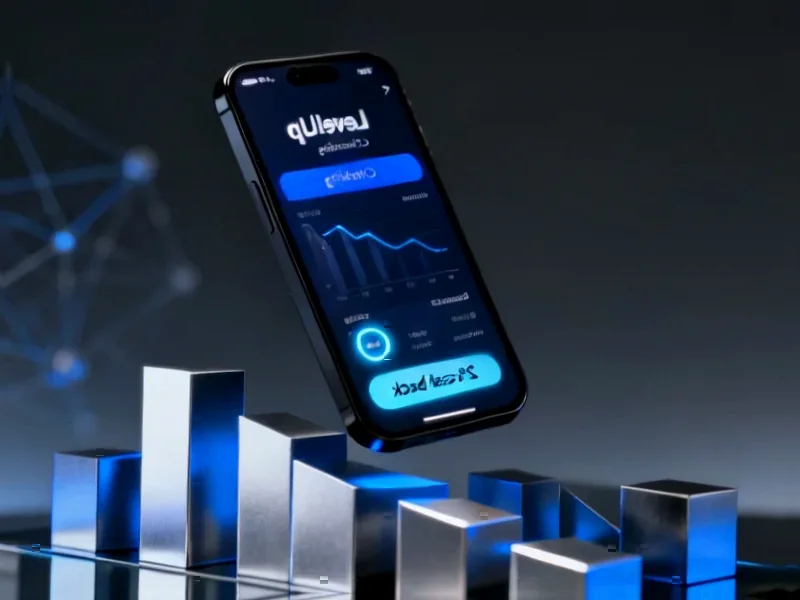The Benchmarking Process: Industry Standard Practice
When Rivian CEO RJ Scaringe recently revealed his company had torn down Xiaomi’s highly popular SU7 electric sedan, it wasn’t an act of industrial espionage but rather standard industry practice. Vehicle teardowns represent a critical component of competitive analysis in the automotive industry, allowing manufacturers to understand engineering approaches, manufacturing techniques, and cost structures. For an American EV maker like Rivian, examining successful Chinese electric vehicles provides invaluable insights into one of the world’s most advanced and competitive EV markets.
Table of Contents
Xiaomi’s Impressive Entry Into Automotive
The Xiaomi SU7 represents one of the most successful EV launches in recent memory. Launched in early 2024 with a starting price of approximately $30,000, the vehicle helped the smartphone giant surpass its annual delivery expectations by November of the same year. The SU7 has received praise from multiple industry leaders, including Ford CEO Jim Farley, who acknowledged its performance capabilities. Scaringe echoed these sentiments, describing it as “a really well executed, heavily vertically-integrated technology platform” that demonstrates sophisticated in-house development of the complete technology stack.
The Cost Equation: No Secret Sauce
What makes Scaringe’s assessment particularly revealing is his conclusion that there’s no technological magic behind Xiaomi’s ability to produce such a compelling vehicle at its price point. “Cost—we understood how they’ve arrived there,” Scaringe stated, adding that “there’s nothing we learned from the teardown” in terms of revolutionary manufacturing or engineering breakthroughs. Instead, the Rivian CEO points to fundamental macroeconomic factors that create dramatically different operating environments for Chinese versus American automakers., according to industry analysis
Macroeconomic Advantages in China’s EV Ecosystem
Scaringe identified several key advantages that Chinese EV manufacturers enjoy:, according to additional coverage
- Near-zero cost of capital: “The cost of capital is zero or negative, meaning they get paid to put up plants”
- Significantly lower labor costs: Creating substantial manufacturing advantages
- Direct government support: Comprehensive subsidies and policy backing
- Reduced regulatory hurdles: Streamlined approval processes for EV production
These factors combine to create what Scaringe describes as “a very different opportunity” for Chinese manufacturers compared to their American counterparts. While the U.S. Department of Energy did announce a $6.6 billion loan to support Rivian’s new manufacturing plant in Georgia, Scaringe notes that the concept of production plants being supported through direct government grants simply doesn’t exist in the American context at the same scale., according to technological advances
Demystifying China’s Electrification Leadership
Scaringe uses a powerful analogy to describe what he sees as misconceptions about China’s EV success: “I think it’s like Wizard of Oz,” he remarked. “I think when people think there’s a Wizard of Oz, it’s not helpful. It’s like there is no magic in the world. Everything could be analyzed, as previously reported, and calculated.” This perspective challenges the narrative that Chinese EV manufacturers possess proprietary technological advantages that Western companies cannot replicate.
According to analysis from experts like Travis Fisher, director of energy and environmental policy studies at the Cato Institute, the combination of favorable economic conditions allows Chinese manufacturers to achieve price points that remain challenging for American companies. When capital costs approach zero and labor expenses remain low, the resulting manufacturing economics enable dramatically different pricing strategies.
Implications for Global EV Competition
The insights from Rivian’s teardown experience highlight that the competitive challenge from Chinese EV manufacturers stems less from technological superiority and more from structural economic advantages. As Scaringe notes, “you can build a spreadsheet that can arrive at exactly how they’re doing it”—the manufacturing cost advantages are calculable and understandable rather than mysterious.
This reality has significant implications for how Western automakers and policymakers approach the growing dominance of Chinese EV manufacturers. Rather than focusing solely on catching up technologically, the conversation may need to address the fundamental economic structures that enable Chinese companies to achieve their current market position.
For American EV makers like Rivian, the path forward involves navigating these different economic realities while continuing to innovate and compete on technology, design, and brand value in markets where Chinese manufacturers currently face higher barriers to entry.
Related Articles You May Find Interesting
- Global Automotive Supply Chain Braces for Semiconductor Disruption as Dutch Chip
- Wonder Studios Secures $12M Seed Funding to Revolutionize Filmmaking with AI Tec
- European Aerospace Giants Forge New Space Alliance to Challenge SpaceX Dominance
- STMicroelectronics Projects Reduced Annual Revenue as Automotive Chip Recovery L
- UK’s Largest Solar Farm Proposal Sparks Rural Development Debate as Planning Inq
This article aggregates information from publicly available sources. All trademarks and copyrights belong to their respective owners.
Note: Featured image is for illustrative purposes only and does not represent any specific product, service, or entity mentioned in this article.



